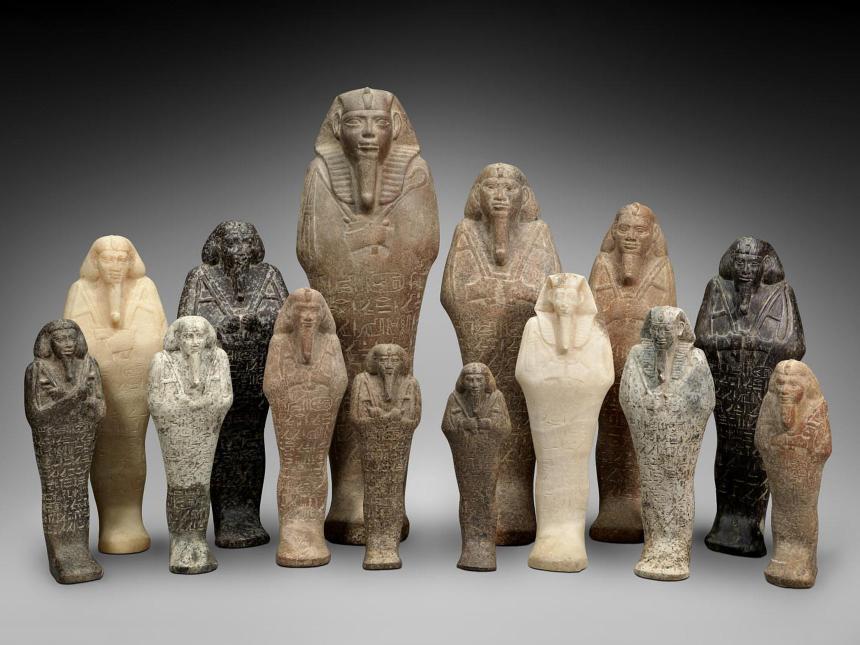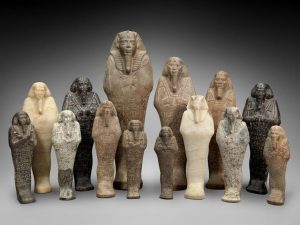Boston’s Museum of Fine Arts is hosting the exhibit “Ancient Nubia Now” until January 20. The Museum’s site says:
“This exhibition of magnificent jewelry, pottery, sculpture, metalwork, and more from the MFA’s collection of ancient Nubian art examines power, representation, and cultural bias—in the ancient world, in the early 20th century, and today. Through a majestic display of art and objects, “Ancient Nubia Now” confronts past misinterpretations and offers new ways of understanding Nubia’s history and contemporary relevance.
“What was ancient Nubia? For more than 3,000 years, a series of kingdoms flourished in what is today the Sudanese Nile Valley, a region known in antiquity as Kush and by modern scholars as Nubia. Ruling from the capitals of Kerma (2400–1550 BCE), Napata (750–332 BCE), and Meroe (332 BCE–364 CE), Nubian kings and queens controlled vast empires and trade networks, rivalling—and even for a brief time conquering—their more famous neighbors, the Egyptians. The Nubians left behind remains of cities, temples, palaces, and pyramids, but few written records. As a result, their story has been told in large part by others—in antiquity by the Egyptians, who used propaganda to cast Nubia as the barbaric “other,” and in the early 20th century by American and European scholars and archeologists who brought cultural bias to their work.
“The MFA played a key role in bringing ancient Nubia to light, undertaking excavations at sites in southern Egypt and northern Sudan between 1913 and 1932, when both countries were under British colonial control. As a result, the MFA’s collection of ancient Nubian art is the largest and most important outside Khartoum, but the Museum’s possession of the objects is complicated by the far-reaching impact of European colonialism, and its history of displaying and interpreting them has at times been based on incorrect assumptions.
“’Ancient Nubia Now’ showcases the strength of the MFA’s collection, with hundreds of objects on view, some for the first time. Highlights include the exquisite jewels of Nubia’s queens, an army of funerary figurines, gold and silver treasure, and a stele bearing the longest known inscription in the still untranslated Meroitic language and script. The exhibition also brings new insights and voices. Throughout the galleries, video interviews with a biological anthropologist, an Egyptologist, a young Sudanese American, a photographer, and a professor connect the objects on view to pertinent themes such as power, self-representation, and cultural appropriation.”


